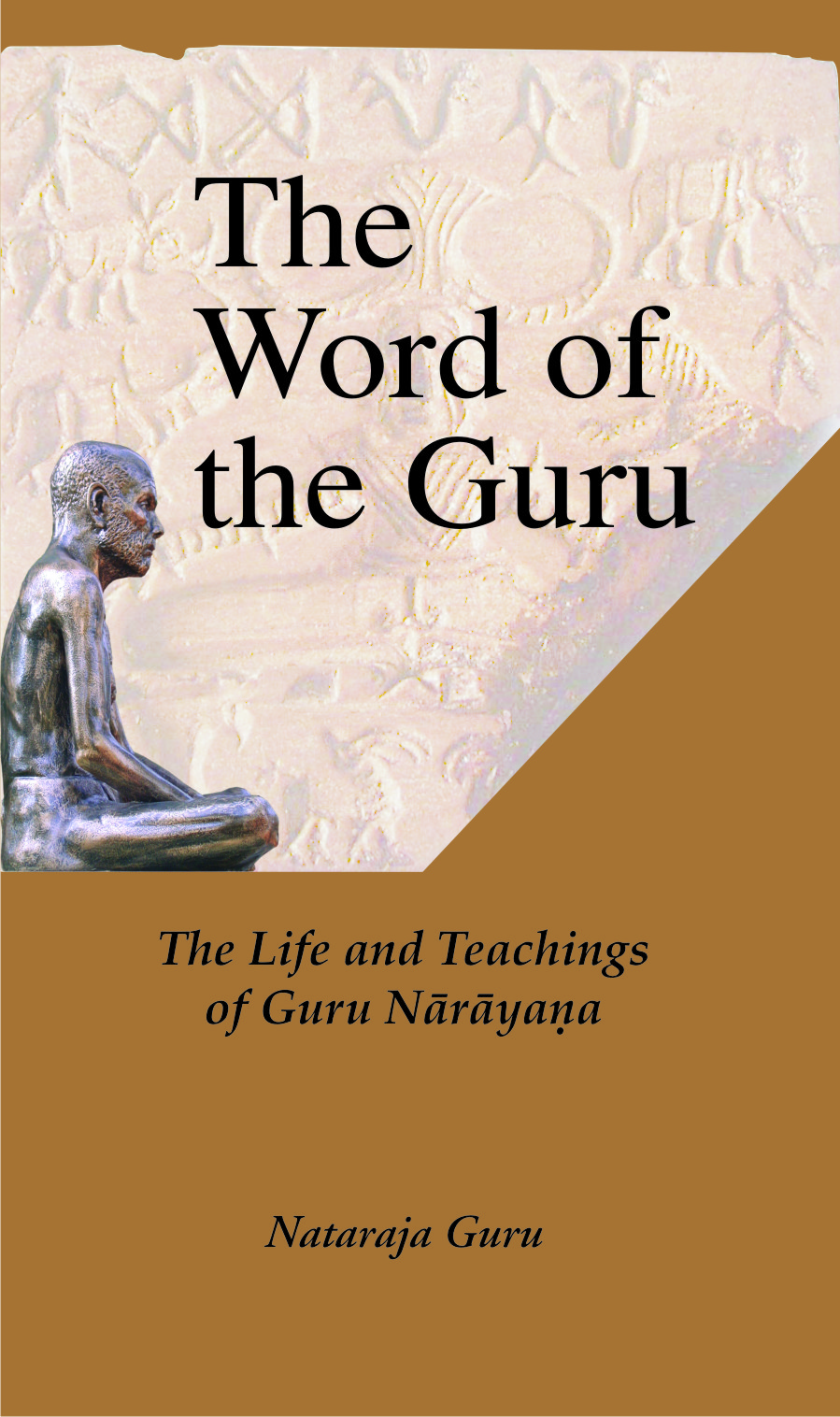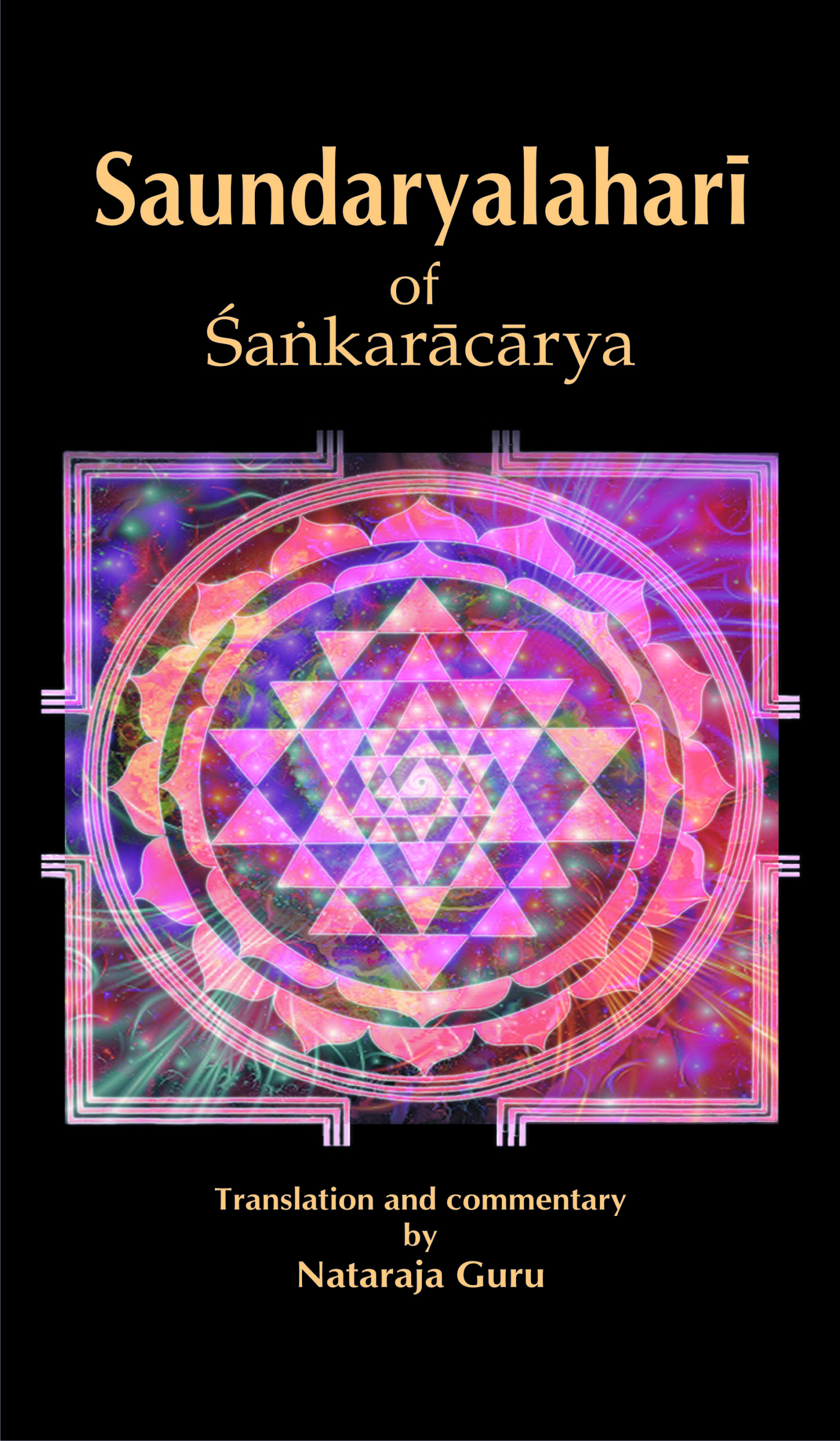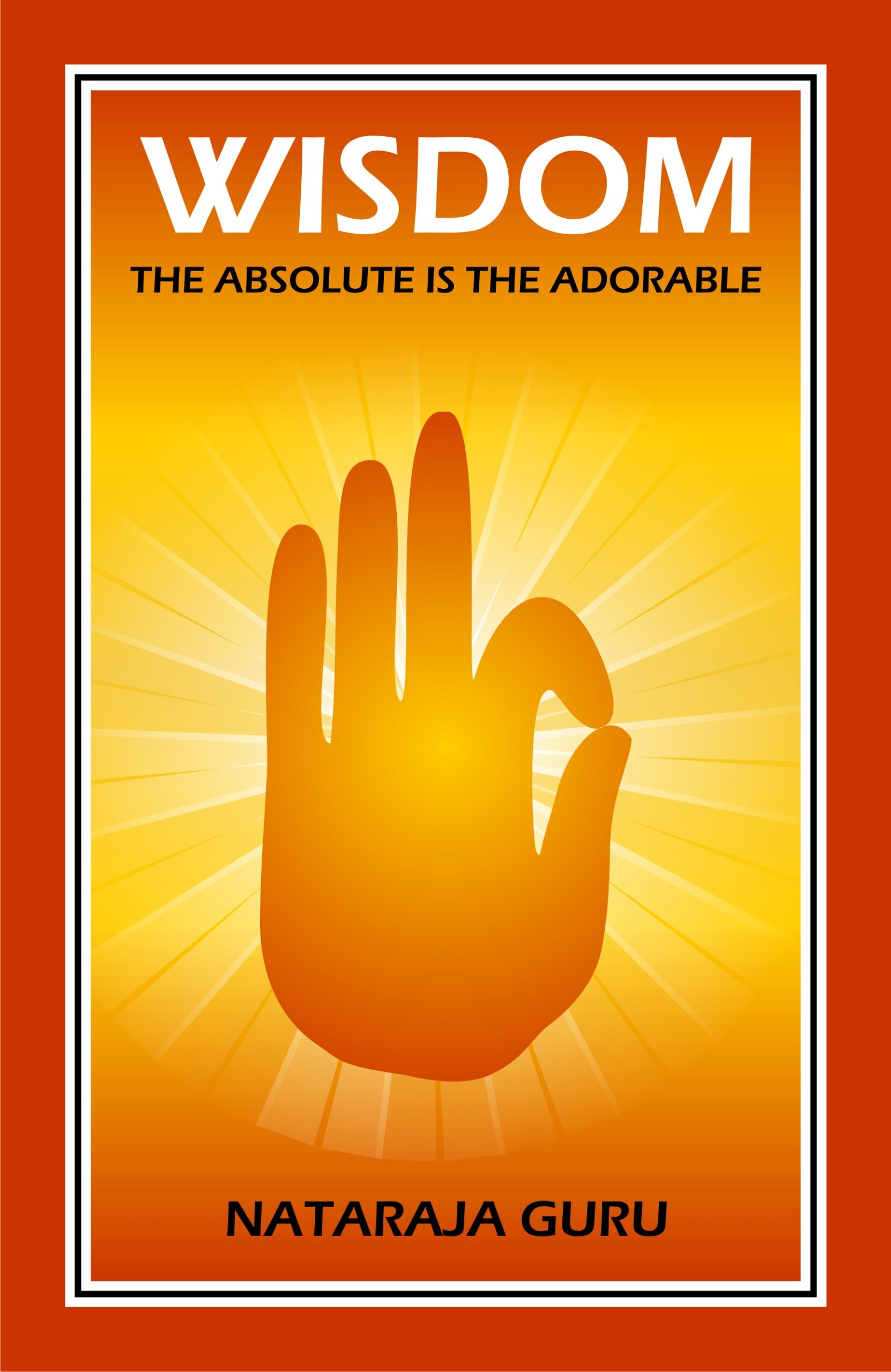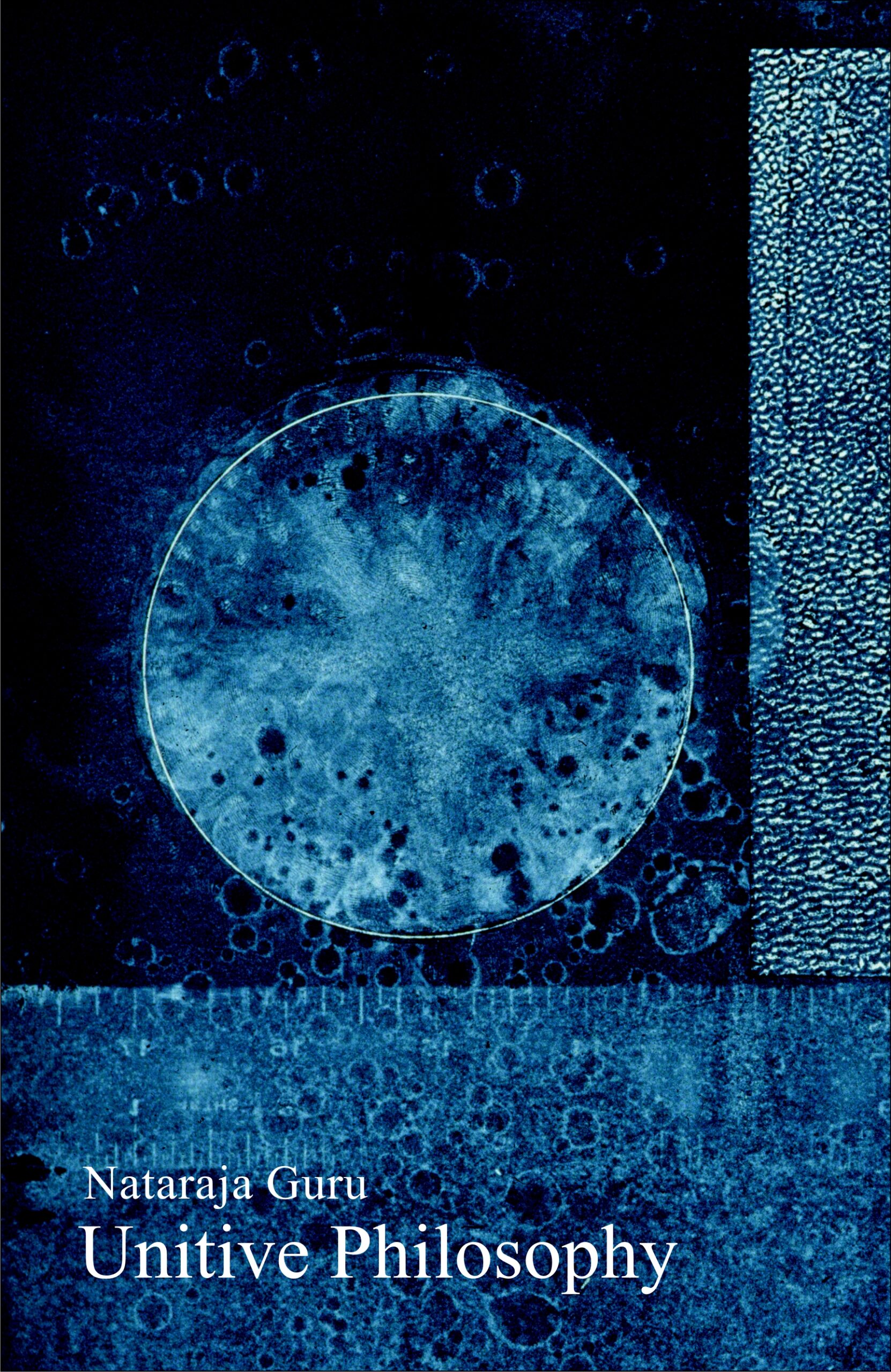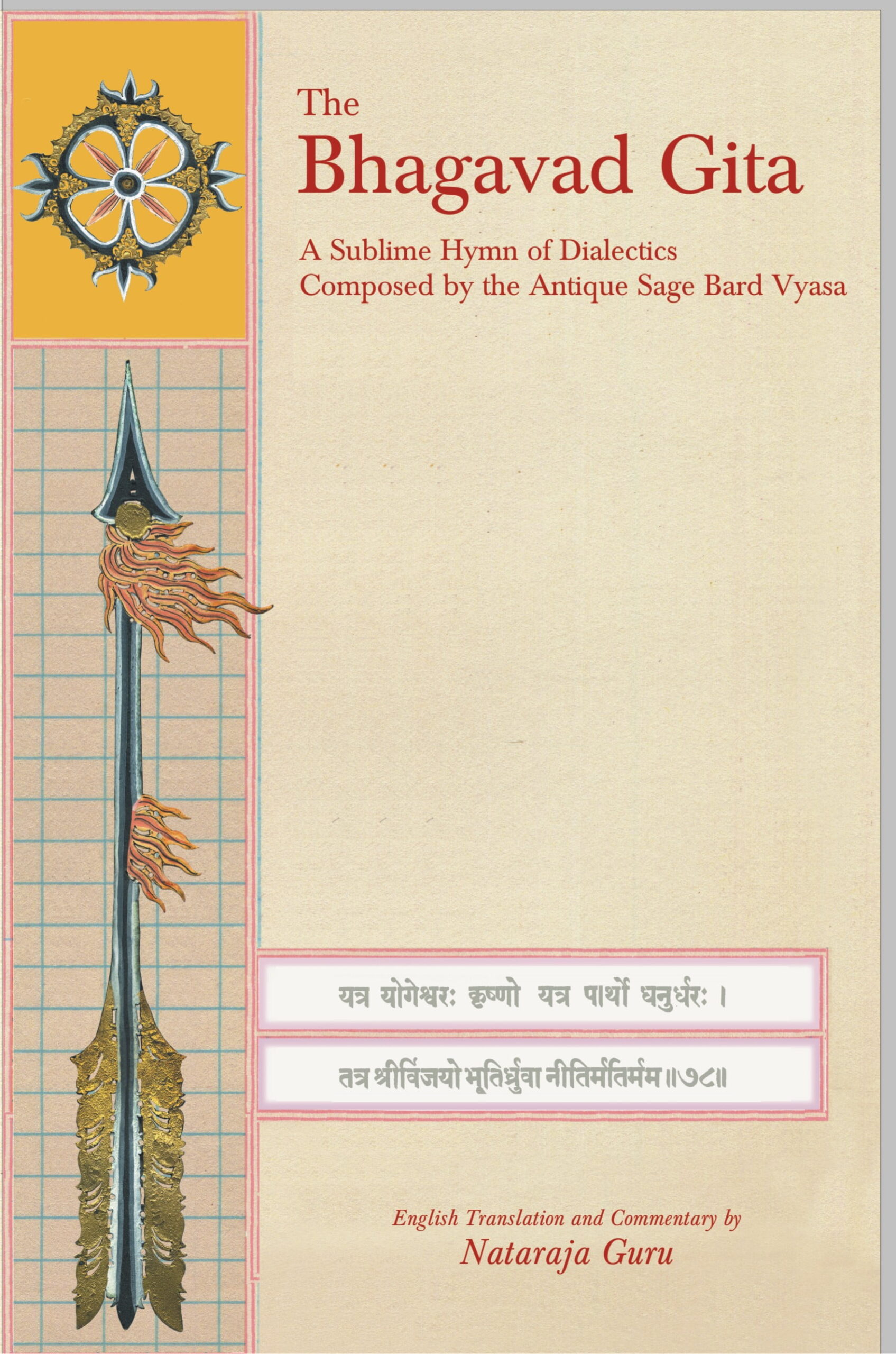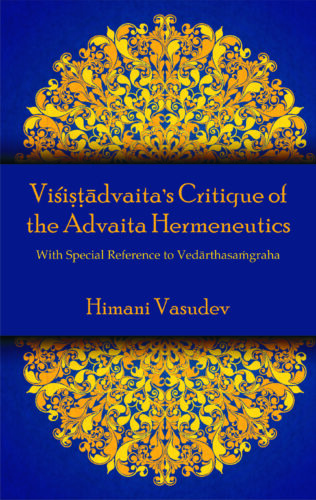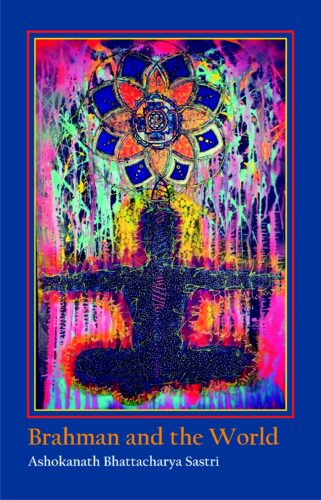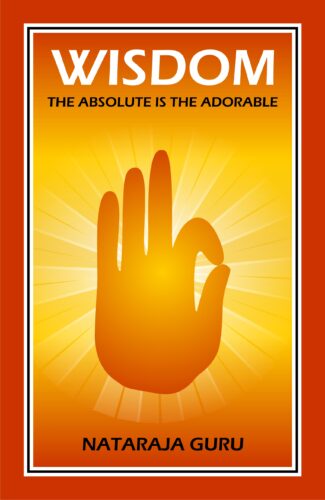
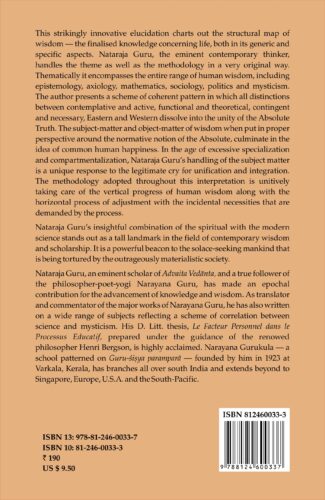
Wisdom...
Wisdom
The Absolute is Adorable by: Nataraja GuruThis innovative elucidation charts out the structural map of wisdom the finalised knowledge concerning life in its generic and specific aspects. It encompasses the entire range of human wisdom including epistemology, axiology, politics and mysticism.
Original price was: ₹700.00.₹630.00Current price is: ₹630.00.
ISBN: 9788124600337
Year Of Publication: 1995
Edition: 1st
Pages : viii, 284
Bibliographic Details : Glossary; Index
Language : English
Binding : Hardcover
Publisher: D.K. Printworld Pvt. Ltd.
Size: 23 cm.
Weight: 500
This strikingly innovative elucidation charts out the structural map of wisdom the finalised knowledge concerning life, both in its generic and specific aspects. Nataraja Guru, the eminent contemporary thinker, handles the theme as well as the methodology in a very original way. Thematically it encom-passes the entire range of human wisdom, including epistemology, axiology, mathematics, sociology, politics and mysticism. The author presents a scheme of coherent pattern in which all distinctions between contemplative and active, functional and theoretical, contingent and necessary, Eastern and Western dissolve into the unity of the Absolute Truth. The subject-matter and object-matter of wisdom when put in proper perspective around the normative notion of the Absolute, culminate in the idea of common human happiness. In the age of excessive specialization and compart-mentalization, Nataraja Gurus handling of the subject matter is a unique response to the legitimate cry for unification and integration. The methodology adopted throughout this interpretation is unitively taking care of the vertical progress of human wisdom along with the horizontal process of adjustment with the incidental necessities that are demanded by the process. Nataraja Gurus insightful combination of the spiritual with the modem science stands out as a tall land-mark in the field of contemporary wisdom and scholar-ship. It is a powerful beacon to the solace-seeking mankind that is being tortured by the outrageously materialistic society.
Preface
Part I
The Absolute is the Adorable
1. Wisdoms Frame of Reference
The Total Content of Wisdom
Two Intersecting Axis of Correlation
Limits of Empiricism
Dialectics to the Rescue
Dialectics not Old, New, Eastern or Western
Common Knowledge vs. Modern Theories
Platonism and Aristotelianism Really Complementary
The Vertical Axis Implied in Plato
Mathematical Version of Dialectical Descent
The Ascent from Prius Nobis to Entelecheia
The Central Locus of Paradoxes
The Monad Fitted into the Frame
Cosmological Correlation
Correlation in Particle Physics
Biological Correlation
Theological Correlation
Psychological Correlation
Ethical and Aesthetic Correlations
Logical and Mathematical Correlation
Logical Syntax and Correlaton
Mystical or Contemplative Correlation of Wisdom
2. Existence
Existence and Essence
Existentialism
Static and Dynamic Existence
Mometary and Eternal Existence
Metaphysical Bewilderment and Overlapping Definitions
The Nortion of Non-Dual Existence
The Existent in Shankaras Philosophy
3. Subsistence
The Charge-Over from Existence to Subsistence
Alternation
Double Negation in Hegel and Shankara
Hypostatic and Hierophantic Substances
Ascent into the Specific Essence
Values are More than Mere Concepts
4. Value Dynamics
The Emergence of Value
Scale of Values
Axiology and Phenomenology
Consciousness Of and In a World
Personal Intentions and Values Implied in Vertical Living
Axiological Dynamism
Phenomenology and Value Dynamics
Personalism and Pure Value Dynamics
5. The Absolute and the Relative
The Crowing Gift of Wisdom
Present Status of the Notion of the Absolute
Paradox Explained
Double Negation and Double Affirmation
To What Purpose?
Initiation into the Way of the Absolute
Einstein and Newton
Need for an Integral Science
Recent Appraisals
The Scope of Wisdom
6. The Philosophy of Necessity
Food as a High Value
Common Need for Happiness
7. The Absolute is the Adorable
The Epistemological and Methodological Home of the Absolute
Being and Becoming Meet in the Unitive Absolute
Degrees of Duality in the Logic of the Absolute
The Terms of the Paradox have to be Bridged
The Zig-Zag Course of Indian Logic and Thought
Symbolic Logic in the West Cannot be Expected to Resolve the Paradox
Pure Dialectics has to Come to the Rescue
The Absolute is Adorable and Merciful
Conclusion
PART II
The Unitive Approach
to Religion and Theology
8. Science and Religion Unitively Approached
The Two Dimensions of Religion
The Lost Dimension of Religion
Neutral Absolute at the Core of Conflicting Values
The Law of Reciprocity and Compensation
The Failure of Scientific Orthodoxy
The Return to Animism and a New Absolutism
Religions have Now All to be Understand Unitively as Belonging to the Same Context of the Absolute as the Central Norm of All Religions.
The Ever-Deepening Mystery of Matter
Hypostatic Trends in Materialism
Synthetic Science and Analytic Theology
A Larger Frame of Reference Needed
Vertical Exclusion and Horizontal Explosion
God as a Vertical Axis
9. The Lords Prayer for Man
The Best Prayer Asks for Nothing
Prayer Establishes a Unitive Relation
The Limits and Content of Prayer
Prayer Implies a Bipolar Relation
Conditions of Correct Prayer Fulfilled in Varied Forms
Unitive Prayer is a Darshana
Dualistic and Non-Dualistic Prayers
The Solipsist Principle Implicit in All Prayer
The Law of Reciprocity in Prayer
10. The Lost Idiom of the Bible
Two Categories of Thought
Crossroads
Wisdom-Reasoning
11. Allah the Absolute
Enigmatic Epithets
Challenge and Recognition
12. Temple Exoterics
Iconographic Esoterics
Microcosm and Macrocosm
Equating Self and Non-Self
The Vertical Axis
The Six Value Nodes (Shad-adhara)
13. The Androgynous God of South India
Shiva and Dionysos
A Peoples God
The Lingam
Release from Sex-Sin
14. The Philosophy of the Divine Family of Shiva
Myth and Philosophy
The Shiva Family
Shiva Legend and Wisdom
The Parvati Set of Values
Secrets of Stone Language
Ganesha
Subrahmanya
Guru-Aspect
Aryan-Dravidian Fusion
15. The Spiritual Role of the Sikhs
Meditation
Yoga can be Only One
Guru Formation of the Sikhs
Indian Behaviour Patterns, Dynamic and Static
The Sikh Pattern of Behaviour
Amritsar, The Norther City of Dream
Values and Guru Loyalties
First Aquaintance with Sikhism
Anything Better than Something Worse
PART III
Guruhood
16. The Glory of Guruhood
The Model Gurus of Indian Tradition
Godly Men and Fully Human Divinities
Guru Model not Confined to India
We Need Reaffirmation of the Glory of Guruhood
17. A Guru Tradition Above Time and Clime
Three Wise Men of the East
The Absolute as the Common Content of Duality or Paradox
The Rapproachement of Eastern and Western Tradition
The Subjective Selectivism of Eddington
Whitehead, A Platonist with a Bergsonian Background
Complementary Aspects Represented by the Three Philosophers
The Seat of Philosophical Paradox or Duality
Does Eastern Vedanta Fare any Better?
Unitive Understanding of the Three Gurus of Vedanta
Unitive Trends in the Modern West
18. The Role of the Guru Today
Guru A Suspect Word
A Subtle Fire
Guruhood Principle in Daily Life
PART IV
Integration of the Sciences
19. Science and Human Values
Private Bodies Representing Integrated Education
No Common Intellectual Formation
Unitive and Universal Approach Needed
Positive and Negative Sciences
Integration can be Attempted from Different Poles
Conflicting Scales of Values
The Key to Integration Hidden in the Human Personality
20. Science and Certitude
Science and the Mind
Empiricism Fails
A Revised Approach Imperative
The Frustration of the Positivist
Some Heterodox Scientists
Reversion to Esoterics
No Sacrifice of Certitude
21. Mathematics and Mysticism
God as a Mathematician
The Content of Mysticism
How do Mathematicians Think?
Mystery of the Language of Physics
The Axis of Mathematical Dynamism
Quantitative and Qualitative Abstractions
The Primacy Due to Time Abstraction
Mysticism Enters by the Back Door
Non-Experimental Mathematics
Subjective Selectivism and Sheer Mysticism
22. Can A Science Be Sung?
Blending of Values
The Scientist as Guru
23. Towards a Common Speech for Science and Vedanta
If Gods and Gnomes should be Taboo
Poetry and Personification
Anthropomorphism in Religion
Mechanomorphism
Degrees of Mechanomorphism
We Believe What We See
Fable and Fact Meet in Modern Knowledge
The Morpism that is Common
The Form and the Formula of Unified Knowledge
Science and Vedanta
Orthodox and Academic Vedanta
24. The Travesty of Verbosity
The Way to Avoid Verbosity
The Structure of Word Families
Pragmatic and Semiotic Aspects of Words
Subjective, Selective, Structural Schematism Explained
Vertical, Horizontal, Hypostatic, Hierophantic Values Explained
Word Families, Clans, Systems, Aggregates
The Group of Ologies Considered Together
The Idea of a New Dictionary of Contemplative Words
What is Our Defence?
PART V
Hindu Orthodoxy
25. Patterns of Hindu Orthodoxy
Indias Precious Heritage
Orthodoxy and Tolerance
Each Orthodoxy has its Own Central Value
The Clash Between the Prophetic and the Hylozoic
The Place of Krishnaism in North India
Closed Group Formations of Recent Years
Other Scruples of Orthodoxy
Taboo-Counter-Taboo
26. Hindu Philosophical Orthodoxy
Strands in the String of Indian Thought
Indian and European Logic
A Common Method for Science, Philosophy or Reasoning
Brahma and Brahmana
New Sprouts from the Heart of Orthodoxy
Other Marks of Transition
The Six Systems and Sannyasins
Vedanta Represents Integrated Dialectical Wisdom
The Future of Orthodoxy in India
Semantics, Eastern and Western
27. The Sociology and Psychology of Caste
Name and Form
Common Root of Caste and Chastity
Nightmare of Caste in Indian History
The Tendency to Rationalize Caste
Sub-Conscious Biological Justification
Caste and Vertical Norms of Value
Manus and Vyasas Divisions Contrasted
The Caste of the Sages Vyasa and Parashara
The Moral Imperative and the Doctrine of Sva-dharma
The Revised Status of Caste
The Brahmana-Pariah Axis of Caste Dialectics
Caste as an Objective Social Factor
Narayana Gurus Attitude to the Caste Problem
Mans Humanity Distinguishes the Human Kind
Glossary
Index


